Resetting the stack on a safe code lock can seem like a daunting task, especially if you’re unfamiliar with the mechanism. However, by following a systematic approach, you can efficiently restore the lock to its factory settings.
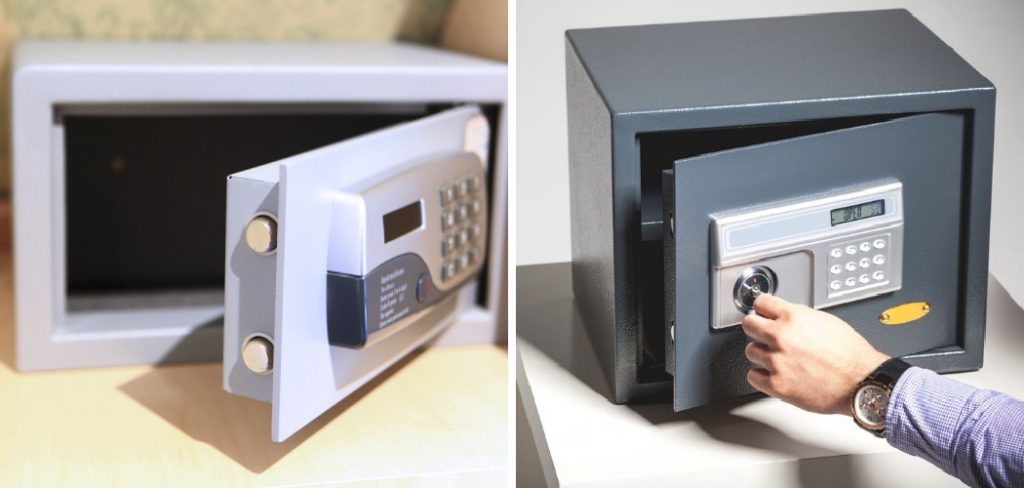
This guide on how to reset stack on safe code aims to provide you with a step-by-step procedure to reset the stack on your safe code, ensuring that you can maintain or restore the security of your valuables. Whether you’ve forgotten your current code or need to reset the lock for security reasons, this tutorial will walk you through the process with clear and concise instructions.
Why is Resetting the Stack on Safe Code Important?
Resetting the stack on a safe code lock is crucial for multiple reasons. Firstly, if you’ve forgotten your current code, a reset is often the only way to regain access to your safe without professional intervention, ensuring that you can retrieve your valuables without unnecessary hassle. Secondly, regular resets can enhance the security of your safe by preventing unauthorized access. This is particularly important if you suspect that someone may have learned your current code.
Finally, if you’ve recently purchased a second-hand safe, resetting the code can help you establish a fresh security baseline, ensuring that no previous owners or their acquaintances can access your possessions. By understanding and implementing the reset process, you safeguard your belongings and maintain optimal security.
Needed Tools
A Safe Code Lock:
To begin with, you will obviously need a safe code lock. This might seem obvious, but it’s important to ensure that the lock is functioning properly before attempting to reset it. This means testing the locking mechanism and ensuring that all buttons or levers are in good working condition.
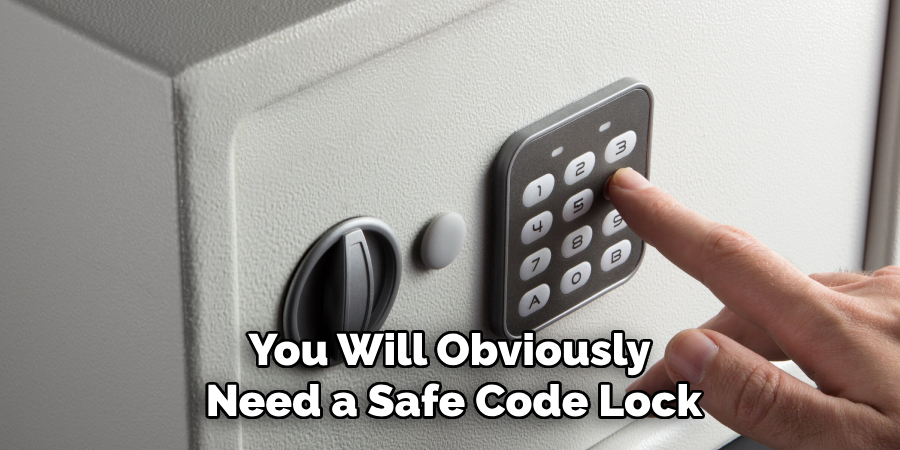
A Reset Key:
Most safe code locks come with a reset key, which is usually a small metal object shaped like a key specifically designed for resetting the lock. You should have received this key along with your safe when you purchased it. If you’ve misplaced or lost the key, check with the manufacturer for replacement options.
Safe Code Reset Instructions:
While this guide aims to provide a comprehensive overview, it’s always best to refer to your safe code lock’s specific manual for detailed reset instructions. Each lock may have slight variations in the reset process, so it’s important to have access to the correct instructions before attempting a reset.
7 Steps on How to Reset Stack on Safe Code
Step 1: Locate the Red Reset Button
The first step in resetting your safe code is to locate the red reset button. This button is typically found inside the door of the safe, behind the locking mechanism. To access it, you will likely need to open the door of the safe, which may require a combination key or a backup key depending on your specific model.
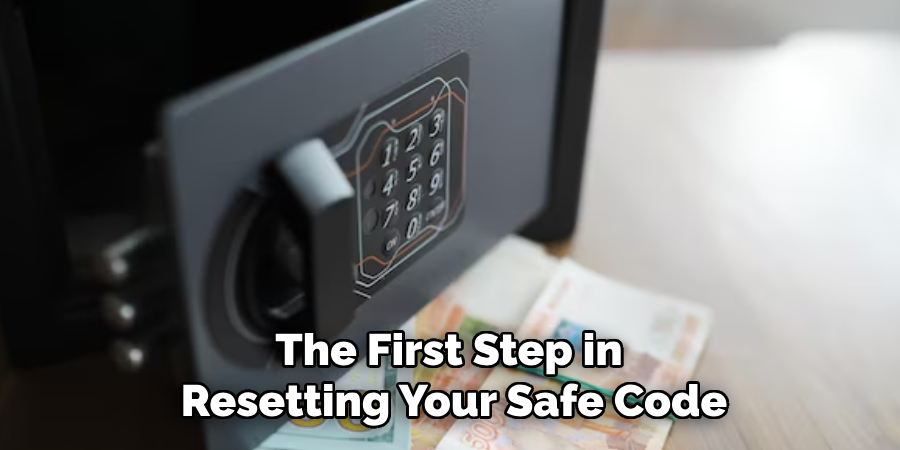
Once the door is open, look for a small, usually recessed, red button. It may be accompanied by labels or instructions to indicate its function. Ensure the area is well-lit to easily identify the button, and be cautious not to inadvertently press any other buttons or mechanisms inside the safe.
Step 2: Press and Hold the Reset Button
Once you’ve located the red reset button, the next step is to press and hold it. This action typically requires you to use a small tool or your finger to maintain pressure on the button for an extended period, usually around 10-15 seconds. Holding the button initiates the reset process, effectively erasing the current code and preparing the lock to accept a new one.
During this time, you may hear a series of beeps or see an indicator light that confirms the reset mode has been activated. Make sure to keep the button pressed for the entire duration to ensure the reset is successfully engaged. If you release the button too early, you might need to start the process over again. Once you are confident that the reset mode is activated, you can proceed to set a new code as described in the following steps.
Step 3: Choose a New Code
Before resetting the lock, you’ll need to decide on a new code that will serve as your new combination to access the safe. It’s essential to choose a memorable but secure combination that is not easily guessable. Avoid using obvious numbers such as birthdays or anniversaries, and opt for a random sequence that only you know. Once you’ve settled on a code, keep it confidential and do not write it down anywhere for security purposes.
You should also ensure that the new code adheres to the safe lock’s specific criteria if any. Some locks may have restrictions on the number of digits or require a particular sequence for added security. Refer to your safe manual again for any guidelines or limitations you need to keep in mind while selecting your new code.
Step 4: Input Your New Code
Now that you’ve decided on a new code, it’s time to input it into the lock. This step will vary depending on your specific model of a safe code lock, but most typically involve pressing buttons or turning dials in a specific sequence. Whichever method your lock uses, make sure to follow the instructions carefully and double-check each step to avoid any mistakes. If at any point you make an error, simply start again from the beginning.
But what if you’ve entered the new code and nothing happens? This might be because you are still in reset mode. To exit this mode, simply release the red reset button and wait for a few seconds. You should hear a beep or see an indicator light that confirms the lock is ready to accept your new code.
Step 5: Test Your New Code
With the new code entered, it’s time to test it out. Close the door of your safe, making sure it locks properly, and input your new combination. If all goes well, your safe should open without any issues; however, if it doesn’t, double-check your code and try again. If the lock still won’t open, it’s possible that you’ve made an error during the reset process or that your lock may need further troubleshooting.
It’s always a good idea to test your new code a few times before relying on it for security purposes. This helps ensure that you’ve entered the correct combination and are familiar with the new sequence, reducing the risk of forgetting or mistyping it in the future.
Step 6: Exit Reset Mode
Once you’ve successfully reset the code and tested it out, it’s essential to exit reset mode properly. To do this, simply release the red reset button and close the door of your safe. You should hear another beep or see an indicator light that confirms you have exited reset mode and is now ready to use your new code.
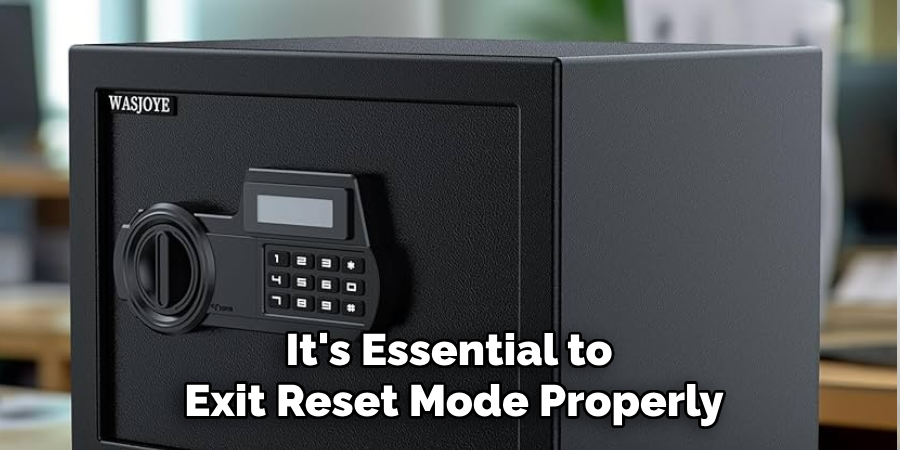
Step 7: Keep Your Reset Key and Code Safe
Finally, be sure to keep your reset key and new code in a secure location. Remember to never share your code with anyone or write it down where it can be easily accessed by others. If you ever need to reset your safe code again, simply follow these steps and use the same reset key and process described above.
Following these steps on how to reset stack on safe code to reset your safe code will ensure that you can continue to use your safe safely and securely. Remember to always refer to the specific manual for your safe lock before attempting any reset, and do not hesitate to contact the manufacturer for assistance if needed. With a new code in place, you can have peace of mind knowing that your valuable possessions are protected.
Frequently Asked Questions
Q: What if I Have Lost My Reset Key or Cannot Locate the Red Reset Button?
A: If you have lost your reset key, you can contact the manufacturer for a replacement. If you cannot locate the red reset button, refer to your safe manual for instructions or contact the manufacturer for assistance.
Q: Can I Reset My Safe Code Without a Reset Key?
A: It depends on your specific safe model. Some safes may have alternative methods for resetting the code, but it’s always best to refer to the manual or contact the manufacturer for guidance.
Q: How Often Should I Reset My Safe Code?
A: It is recommended to reset your safe code every few months as a security precaution. However, if you suspect that someone may know your current code or if there has been a security breach, it’s essential to reset your code immediately. You can also consider changing your code periodically for added security.
Q: What if My Safe Does Not Have a Reset Key or Button?
A: If your safe does not have a reset key or button, refer to the manual for instructions on how to reset the code using other methods such as contacting the manufacturer or using a special tool. You can also consider upgrading to a newer model with advanced security features and a reset option.
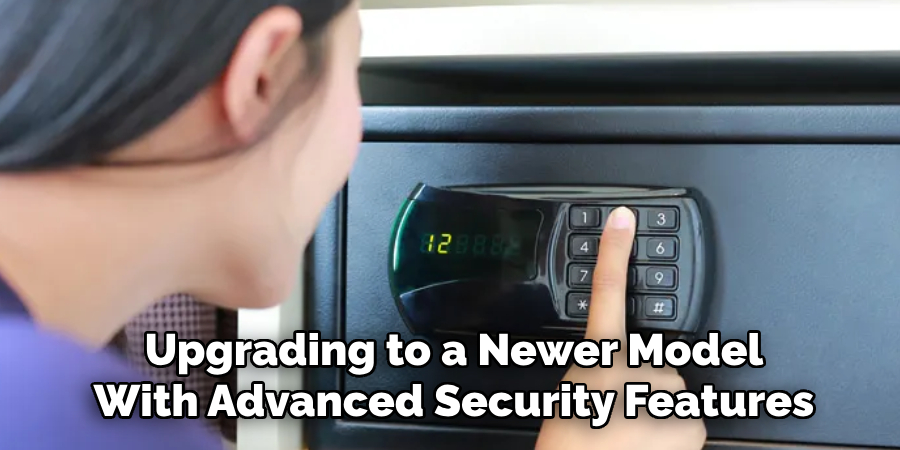
Conclusion
In conclusion, resetting the stack on a safe code lock may seem daunting at first, but with these simple steps, you can safely and effectively change your combination without any issues. Always remember to refer to your specific safe manual for instructions and guidelines, and keep your new code confidential for added security.
Regularly changing your combination can also provide additional protection against theft or unauthorized access. By following these steps on how to reset stack on safe code, you can continue to use your safe with confidence and peace of mind. So always ensure that you reset the stack on your safe code periodically to enhance the safety of your valuable possessions.
About
Safety Fic is a distinguished figure in the world of Diy design, with a decade of expertise creating innovative and sustainable Diy solutions. His professional focus lies in merging traditional craftsmanship with modern manufacturing techniques, fostering designs that are both practical and environmentally conscious. As the author of diy, Safety Fic delves into the art and science of Safety Fic-making, inspiring artisans and industry professionals alike.
Education RMIT University
(Melbourne, Australia) Associate Degree in Design (Safety Fic) Focus on sustainable design, industry-driven projects, and practical craftsmanship. Gained hands-on experience with traditional and digital manufacturing tools, such as CAD and CNC software.
Nottingham Trent University
(United Kingdom) Bachelor’s in diyfastly.com and Product Design (Honors) Specialized in product design with a focus on blending creativity with production techniques. Participated in industry projects, working with companies like John Lewis and Vitsoe to gain real-world insights.
Publications and Impact
In diy, Safety Fic his insights on indoor design processes, materials, and strategies for efficient production. His writing bridges the gap between artisan knowledge and modern industry needs, making it a must-read for both budding designers and seasoned professionals.
